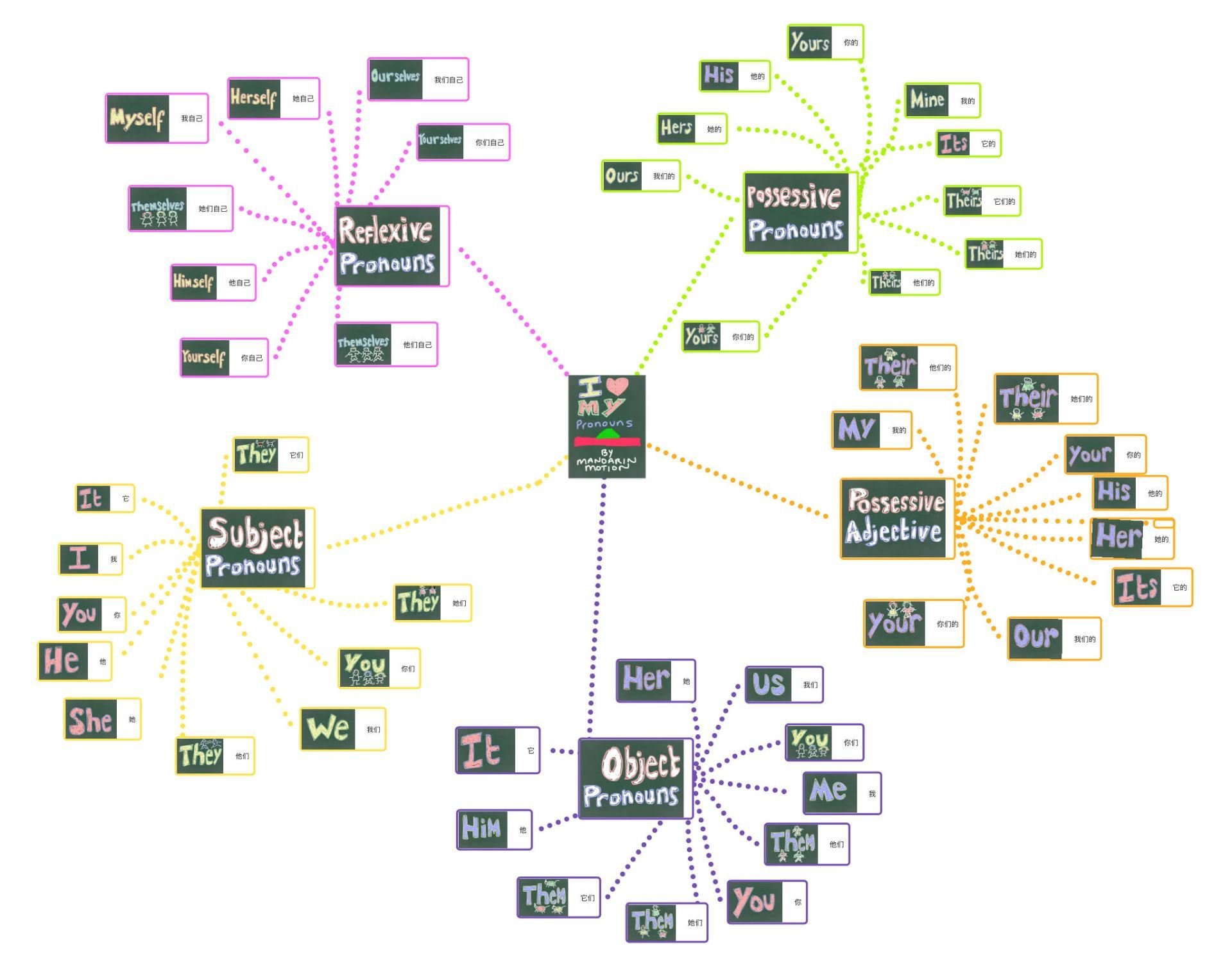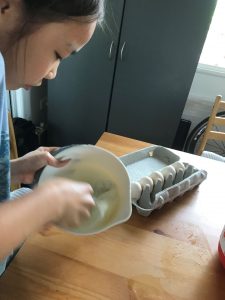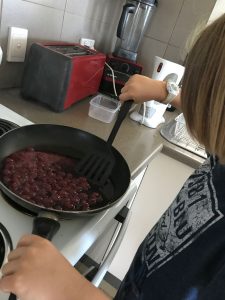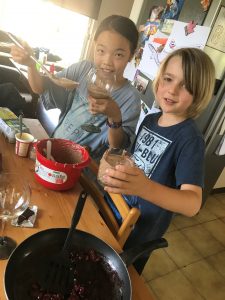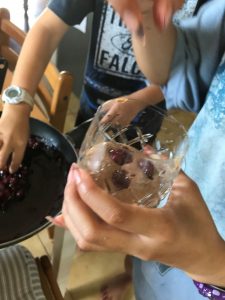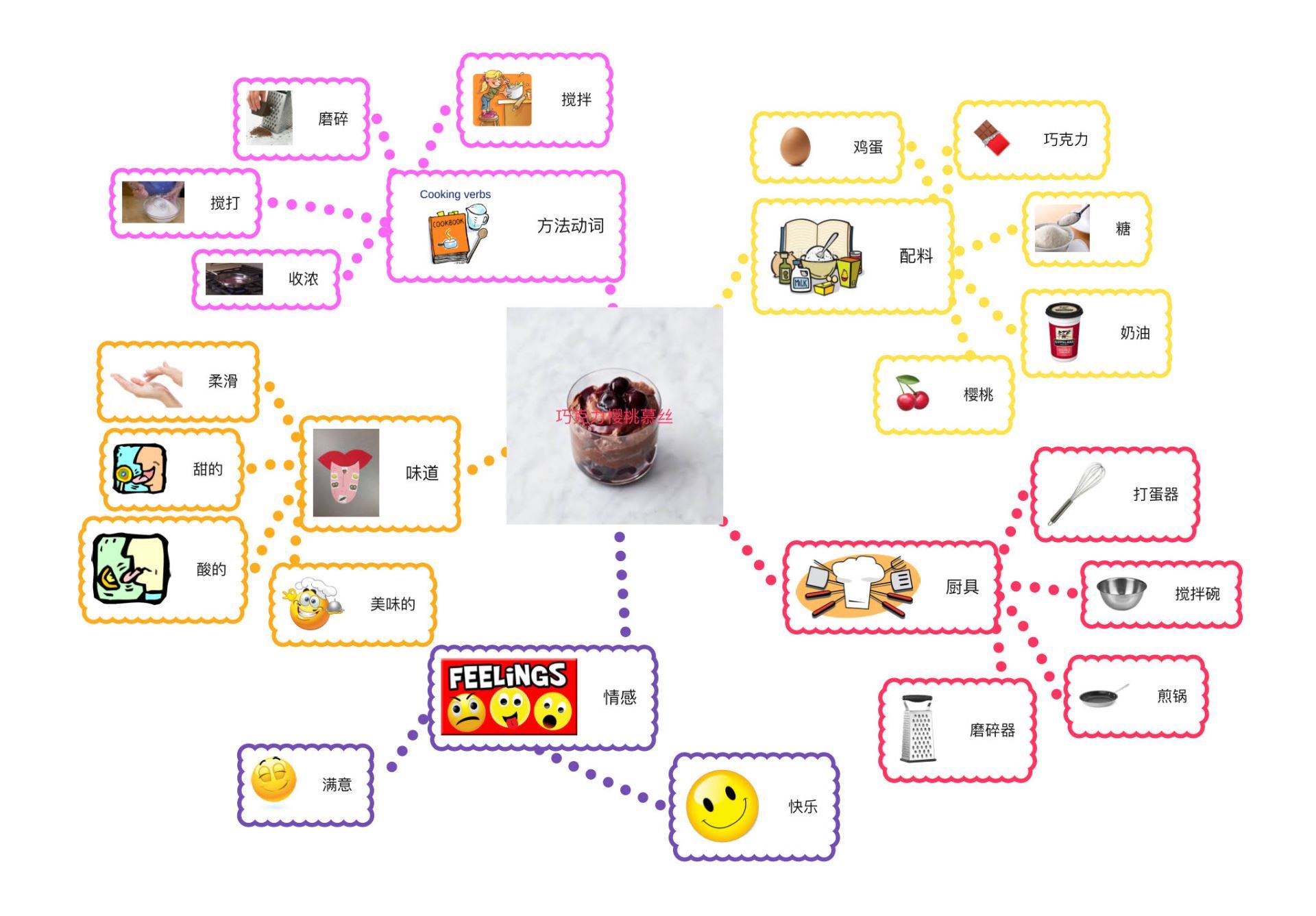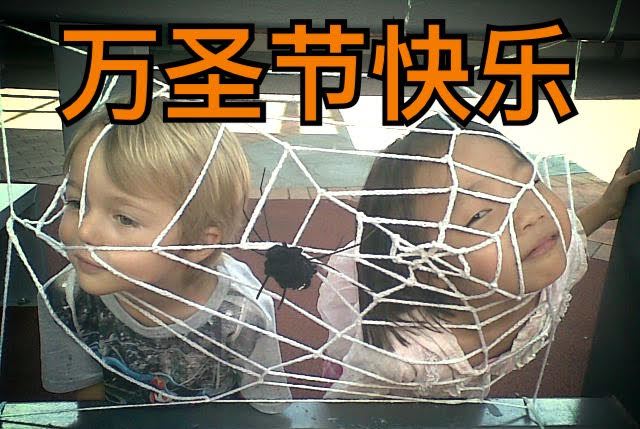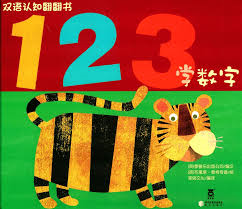OK, words like ‘me, yours, their, ourselves, we, them’….really simple words and we all know how to use them because it’s just common sense right? We don’t need to know where these words sit in a system of grammar right?
But often as a teacher I see older beginner learners of Chinese getting confused, not with their Chinese, but with their English! They might see ‘他’ in a sentence, and shout out random guesses of ‘he, his, him, himself’… or see 我们 and again wonder if it means ‘we, us, our, ours, ourselves’, with a very confused look on which word to pick!
All of these small simple words we take for ‘common sense’ in our first language are called ‘Pronouns’. I personally am not a teacher who thinks grammar is important to ‘teach’. I find it all falls into place as we explore a new language. BUT, sometimes, just being able to visualise how our first language grammar works, can really help us when we are at those first stages of learning a second language. Instead of randomly guessing which pronoun we are looking for when translating from Chinese to English, a simple map or table might make comparing the two languages together make that ‘common sense’ we are looking for in our new language.
Below is a mind map I made to help you visualize these ‘pronouns’. Don’t worry about the terms, they can give you grammar anxiety 🙂 Just see how those everyday little simple words are organized.
Now here are the groups in table form. Use these tables in conjunction with the mind map above, to understand how the English system of pronouns fits with the equivalent Chinese. Notice they are much simpler in Chinese, we often need to find the English equivalent from the context of the sentence. Remember it’s just common sense in our first language!
| Subject Pronouns | ||
| I | 我 | wǒ |
| You (Singular) | 你 | nǐ |
| He | 他 | tā |
| She | 她 | tā |
| It | 它 | tā |
| We | 我们 | wǒ men |
| You (Plural) | 你们 | nǐ men |
| They (Men) | 他们 | tā men |
| They (Women) | 她们 | tā men |
| They (Animals etc) | 它们 | tā men |
| Object Pronouns | ||
| me | 我 | wǒ |
| you (Singular) | 你 | nǐ |
| him | 他 | tā |
| her | 她 | tā |
| It | 它 | tā |
| us | 我们 | wǒ men |
| you (Plural) | 你们 | nǐ men |
| them (Men) | 他们 | tā men |
| them (Women) | 她们 | tā men |
| them (Animals etc) | 它们 | tā men |
| Possessive Adjectives | ||
| my | 我的 | wǒde |
| your (Singular) | 你的 | nǐde |
| his | 他的 | tāde |
| her | 她的 | tāde |
| its | 它的 | tāde |
| our | 我们的 | wǒmen de |
| your (Plural) | 你们的 | nǐmen de |
| their (Men) | 他们的 | tāmen de |
| their (Women) | 她们的 | tāmen de |
| their (Animals etc) | 它们的 | tāmen de |
| Possessive Pronouns | ||
| mine | 我的 | wǒde |
| yours (Singular) | 你的 | nǐde |
| his | 他的 | tāde |
| hers | 她的 | tāde |
| its | 它的 | tāde |
| ours | 我们的 | wǒmen de |
| yours (Plural) | 你们的 | nǐmen de |
| theirs (Men) | 他们的 | tāmen de |
| theirs (Women) | 她们的 | tāmen de |
| theirs (Animals etc) | 它们的 | tāmen de |
| Reflexive Pronouns | ||
| myself | 我自己 | wǒ zìjǐ |
| yourself (singular) | 你自己 | nǐ zìjǐ |
| himself | 他自己 | tā zìjǐ |
| herself | 她自己 | tā zìjǐ |
| itself | 它自己 | tā zìjǐ |
| ourselves | 我们自己 | wǒmen zìjǐ |
| yourselves (Plural) | 你们自己 | nǐmen zìjǐ |
| themselves (Men) | 他们自己 | tāmen zìjǐ |
| themselves (Women) | 她们自己 | tāmen zìjǐ |
| themselves (Animals etc) | 它们自己 | tāmen zìjǐ |
Some examples. Lets look at Subject and Object Pronouns first. In the sentence ‘I love him’. ‘I’ is the subject of the sentence, the thing ‘doing’ the action, ‘him’ is the OBJECT of the sentence, the thing that the action is being done to. I don’t say ‘I love he’, or ‘Me love him’ …I have to use the appropriate form as the SUBJECT or OBJECT of the sentence. So how would we translate:
我喜欢她。 (wǒ xǐhuan tā)
It can be tricky because both SUBJECT and OBJECT pronouns in Chinese are the same! It actually makes it easier!!! But because 我 can mean ‘I’ and ‘me’ in Chinese, and 她 cab mean both ‘She’ and ‘her’, we have to think which one is it???? Once we start reading more and more Chinese it gets easier, and we can realise that in this sentence it means ‘I like her’, because ‘I like she’ just doesn’t make sense in English.
Possessive Pronouns and Possessive Adjectives are not that hard in Chinese, we just add 的!But again not understanding how we use these in English makes it tricky for beginners to pick the right one when translating from Chinese to English. So….
我的汽车。 (wǒde qìchē) ‘My car’.
We know it is ‘My’ car, because the 的 on the end has changed the 我 from ‘I’ to 我的 ‘My’. Just to make it challenging though, 我的 in Chinese can also mean ‘mine’, it just depends where it is in the sentence…so
那辆汽车是我的。 (nà liàng qìchē shì wǒde) ‘That car is mine‘.
And Reflexive Pronouns? Well in Chinese we just add 自己 zìjǐ to the personal pronoun. So 我自己 changes from ‘I’ to ‘myself’.
我自己去。 (wǒ zìjǐ qù) ‘I’m going myself’. (Literally ‘I self go’).
Sounds confusing…but we know the English inside out, and the Chinese is really simple…when we can see the English mapped out for us though, it can make this seemingly difficult task quite obvious 🙂
Make your own mind map of English pronouns, it will really help you with your Chinese, and will help you appreciate how much more difficult it is for Chinese speakers to learn English 🙂
